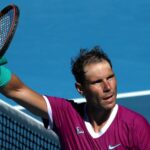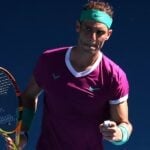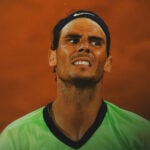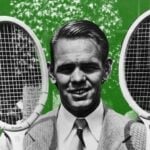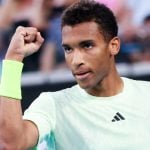Victorious Nadal on comeback: “I had doubts every single day”
The former world No 1 beat Karen Khachanov in four sets to reach the last 16 of the Australian Open but said it had been a long, hard road to get back to this point
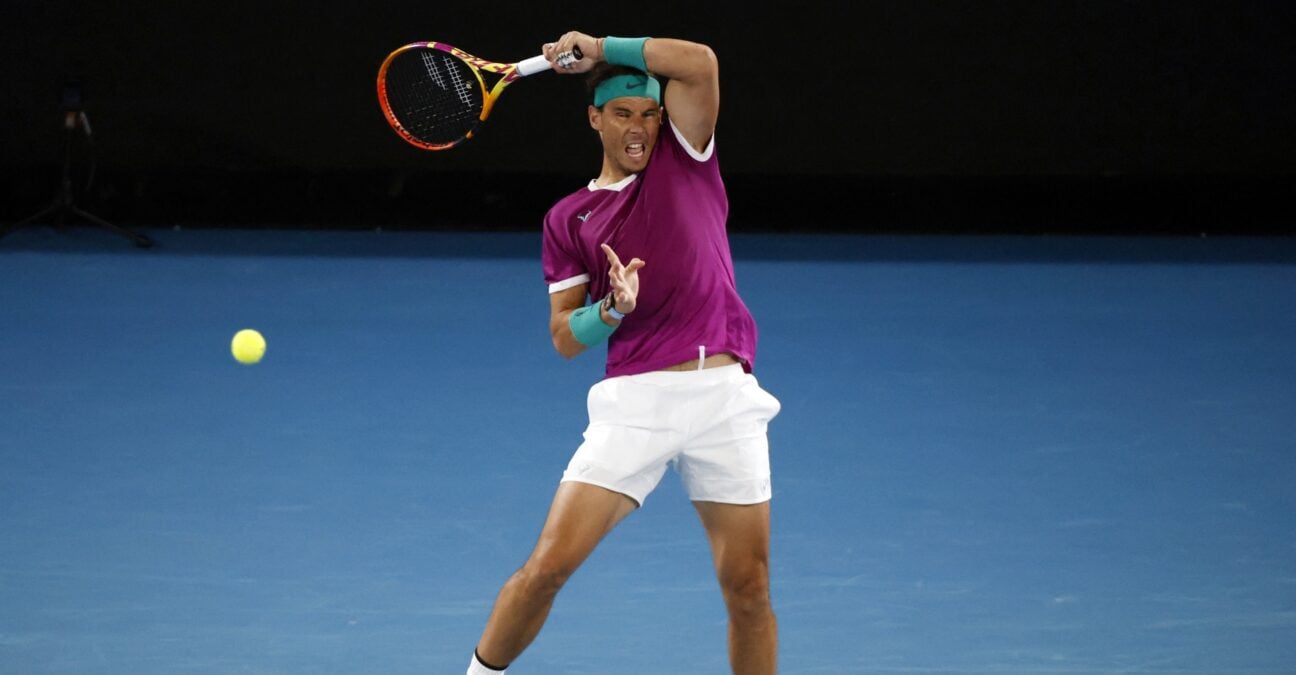 Tennis – Australian Open – Melbourne Park, Melbourne, Australia – January 21, 2022 Spain’s Rafael Nadal in action during his third round match against Russia’s Karen Khachanov || 218598_0452
Tennis – Australian Open – Melbourne Park, Melbourne, Australia – January 21, 2022 Spain’s Rafael Nadal in action during his third round match against Russia’s Karen Khachanov || 218598_0452
Australian Open 2022 | Draw | Order of play | Third round
Former world No 1 Rafael Nadal duly booked his place in the second week of the Australian Open for the 15th time on Friday, a regular occurrence and one entirely befitting a man who has won 20 Grand Slam titles.
But for the 35-year-old Spaniard, his 6-3, 6-2, 3-6, 6-1 win over Russian Karen Khachanov – which set up a clash with Adrian Mannarino or Aslan Karatsev – was doubly satisfying given what he has been through to get to this point. He’ll play Frenchman Adrian Mannarino in the next round.
Out of action for the final months of 2021 due to a foot injury he said affected him at the French Open, sixth seed Nadal was not sure when, or even if, he could get back to his very best. There’s still a way to go, but the way he began thumping his forehand and playing, especially in the fourth set, suggests he may take some beating in a tournament he’s won just the once, in 2009.
“Honestly super-happy about the performance tonight,” Nadal told Eurosport. “Without a doubt has been my best match since I came back. I played more aggressive, returning inside and changing more direction with the forehand, and the backhand worked well. Things can’t be perfect after a long time without being on court. But tonight have been a very special night and I play with, I think, a very good level of tennis. If you tell me that that one month and a half ago I couldn’t believe it, so very, very happy.”
Nadal on doubts “every single day
When Nadal was struggling to overcome his foot injury in late 2021, picturing himself back at the top level was not easy.
And even for someone who has been through as many injuries as the world No 1, finding the positivity required to get through the darkest moments left him with many doubts.
“Every single day,” he said. “For a lot of months, I tried to go on court every morning but sometimes I was on court and I was talking with the team and not able to to practise more than 20 minutes. Another day for 45. And then sometimes I was able to practise for two hours but it was very, very difficult to predict every single day.
“It’s tough. Even if I went through that process a couple of times on my career, I always say the same, injuries are much easier to accept when you know that you have a calendar. OK, if you twist your ankle or you break my wrist, like I did a couple of times in my career, then you know it is three months, so you have an agenda.
“But with the foot injury, honestly, it was much tougher because you go every day on the gym, on the court and without an improvement. And mentally it’s much tougher. But I am very satisfied the way that I approach it. I I hold the passion, the working, the spirit, and probably that’s why I’m here and I don’t know what’s going to happen in the future, but I am enjoying every single day.”
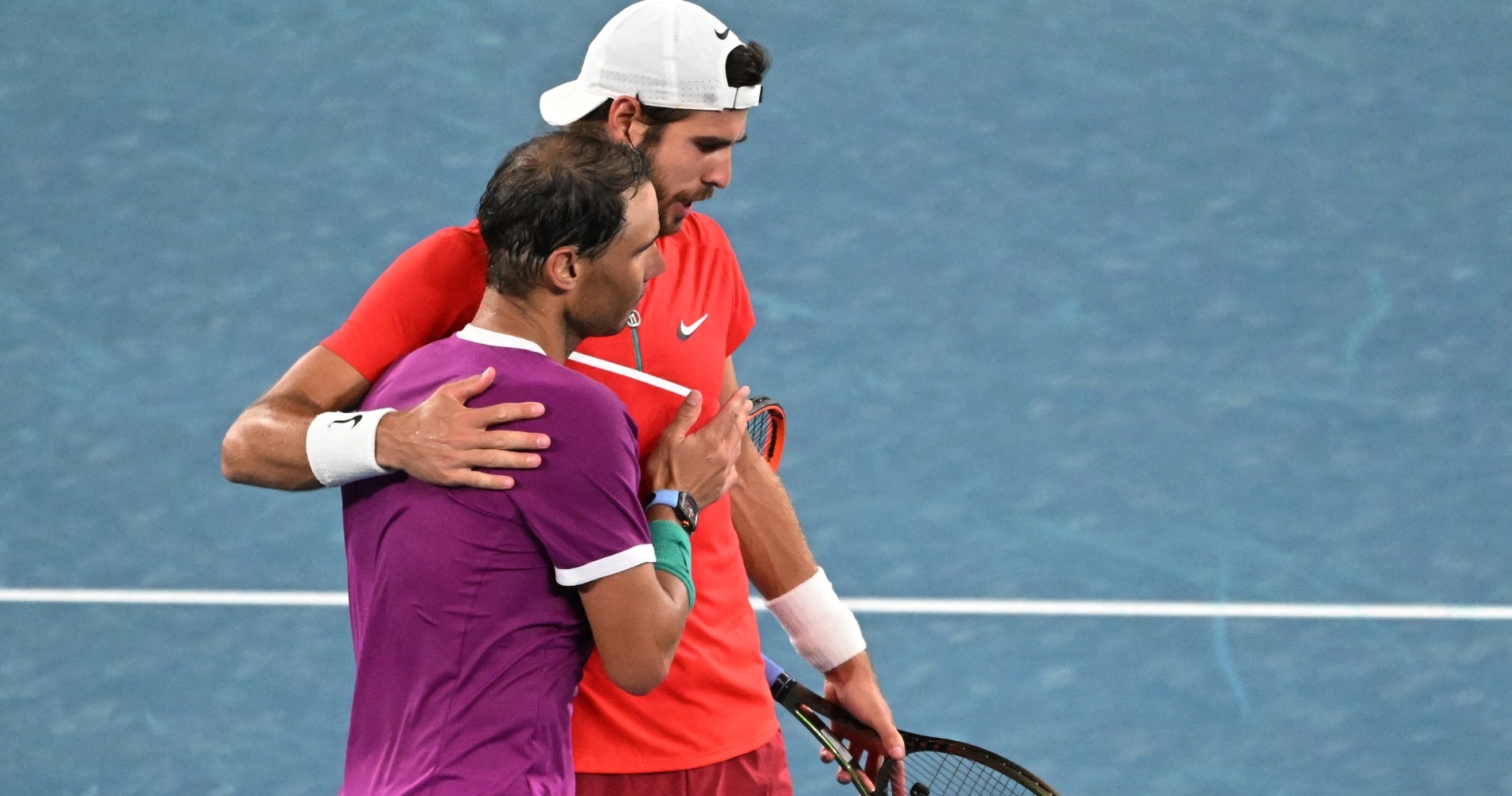
Seeds who won on Friday (3rd round): Zverev (3), Nadal (6), Berrettini (7), Shapovalov (14), Monfils (17), Carreno Busta (19)
Seeds who lost on Friday (3rd round): Garin (16), Karatsev (18), Opelka (23), Sonego (25), Khachanov (28)
Seeds already out: Hurkacz (10), Norrie (12), Schwartzman (13), Basilashvili (21), Isner (22), Dimitrov (26), Humbert (29), Harris (30)
The adjustment: Standing closer to the baseline to return
Despite his relative lack of play – Nadal won his first tournament of the year in the Melbourne Summer Set – the Spaniard has lost none of his tactical nous, as he showed against Khachanov when he adjusted his return position, standing much closer to the baseline than in his first two matches.
“I felt in the first two matches I was a little bit too far from the baseline and from that far, I was not able to recover the court. I was not able to push them back again,” he said. “So I said, I need to try to return inside. I think if I’m able to put some returns inside from that position it makes me feel more more alive, more dynamic, more aggressive. And the next shot with my forehand, I can take advantage from there. It worked well.”



